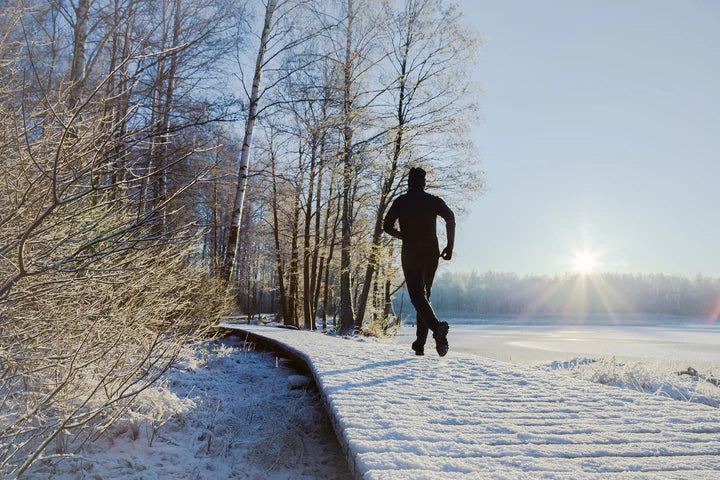What are pace zones?
In running, a pace zone is a range of time, usually measured in minutes per mile or minutes per kilometer, designated as a target running pace. Many runners work to run within a specific pace zone each day to optimize their training program, and that zone changes depending on the type and intensity of the workout.
At Vimazi, we build our shoes to respond correctly to the forces inherent within each pace zone. Each model has been tuned to respond optimally to the impact and propulsion forces produced within that pace zone. (Outside their designated pace zone, our shoes run like any other shoe.)
As an aside, the forces in running are primarily generated by pace, but weight also plays a role. To address this for our pace-tuned shoes, we estimate weight ranges based on gender, shoe size, and running speed. Since the forces change more dramatically at faster paces, the pace zones at faster end of the running spectrum are narrower than the pace zones for models tuned to slower paces.
For Vimazi, a pace zone is the ideal pace range for one of our shoe models. Let’s use the Vimazi Z60 as an example. The Z60 performs best between 8:30-10:30 min/mile (5:15-6:30 min/km). We’ve tuned the heel area of the midsole so it responds correctly to the forces you generate in that pace range. What does that mean? If you’re running within that pace zone, the heel FastPod™ is tuned to optimize cushioning for you. It’s not so soft that you’re unstable and bottoming out, and it’s not so hard as to strain your joints and soft tissues. If you ran 5:00 min/mile in the Z60, it would act like other shoes on the market and would be too soft to give you efficient, Goldilocks cushioning. If you ran 13 min/mile, it wouldn’t maximize your cushioning. We think you probably want your cushioning to be exactly right.
Similarly, the forefoot FastPod in the Z60 is tuned to maximize your propulsion efficiency within its pace zone — 8:30-10:30 min/mile. How does propulsion efficiency work? If your midsole is too soft for the propulsion forces you generate at the pace you’re running, you’ll compress it and get nothing back. Kind of like running in sand. And that’s what you get with most shoes today. Here's a better way. During the push off phase of your stride, the Z60 forefoot FastPod compresses — but doesn't bottom out — then quickly rebounds back into place. This is the only way to get the most efficiency out of your propulsion effort.
Okay, but why doesn’t one shoe work for all paces? Turns out the the forces in running change dramatically as you increase pace. That’s because the faster you run, the farther you fly through the air. A longer flight means much greater impact when you land and much greater effort and force required when you push off. For regular runners like us, here’s what happens with most shoes: At a very fast pace the midsole might act like running on memory foam while the same midsole at a slower pace may be too hard and jarring. By running in shoes properly tuned to your pace zone, you’ll feel better and have more energy the farther you go.




